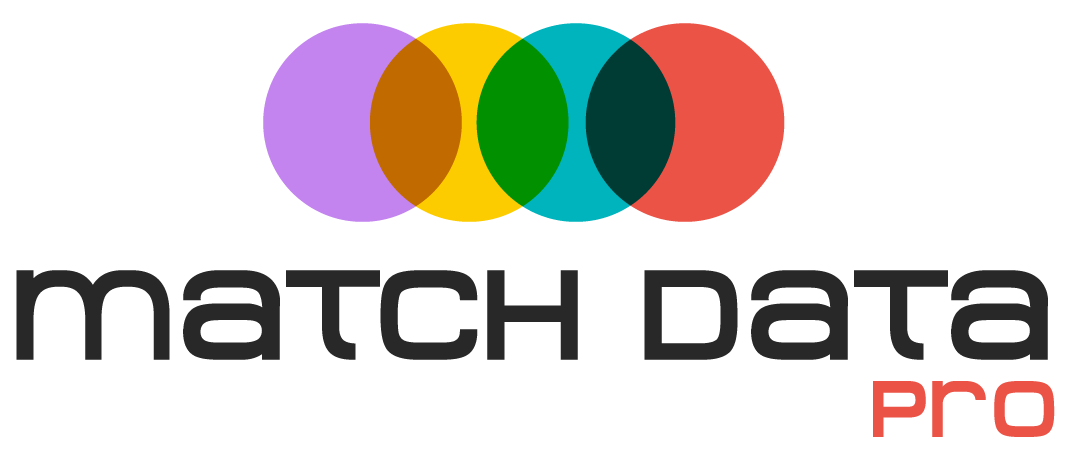The same customer has been coming into your local stores for years, but each time they’re visiting different locations, using different phone numbers and different forms of identification, and paying with different forms of payment. Just recently they’ve started purchasing items from your online store under the 8th customer account in your systems.
Sometimes they pay with cash, sometimes a Visa credit card, and sometimes they bill to a company account and pay with check or an AMEX card. Their name and customer information are registered slightly, or significantly different on each customer account in your systems. They have multiple shipping and billing addresses, multiple different customer loyalty accounts, and they buy things for themselves, for others, and for both their personal and for their business needs.
What’s really challenging here is that this is a very common scenario so many of your customers appear in your systems as multiple different customers, when in fact it’s the same customer, using different information, and they just have multiple customer profiles.
This is an example of one of the biggest and most common challenges we’re trying to solve with big data.
But it’s not just consumer (people) data, these same challenges are just as common with B2B customer data (companies and contacts), product data, parts, materials, vendors, suppliers, assets, address data, and many other types of data.
This is why Customer 360 is so challenging. This is why master data management is challenging. This is often referred to as duplicate data and/or a data quality issue. This is why your different business systems don’t speak to each other. This is why it’s so difficult to provide an accurate count of your customers and why different departments produce different reports that almost always require massaging and manual alignment.
There are purpose-built solutions to link consumer data, like identity intelligence from GBG and Experian. There are also purpose-built solutions to link company and contact data for the B2B industry. And there are solutions for patient data for the healthcare industry. There probably are others as well. But these are very expensive solutions and they require very specific inputs (eg social security numbers, D&B number, Tax ID, etc.).
But purpose built data matching and entity resolution solutions are the only solutions that solve this problem for all of these different data types and when specific unique identifiers may or may not be present in your data sets. The majority of consumer businesses aren’t collecting social security numbers or drivers license numbers. The majority of B2B companies aren’t storing D&B numbers. In these scenarios, matching and ER works better.
Author: Ben Cutler
Inquiries: bcutler@matchdatapro.com
